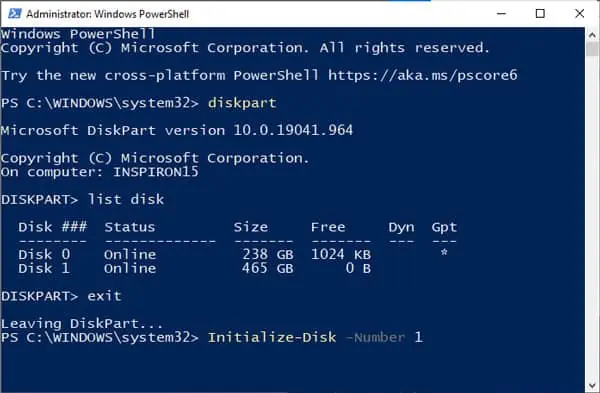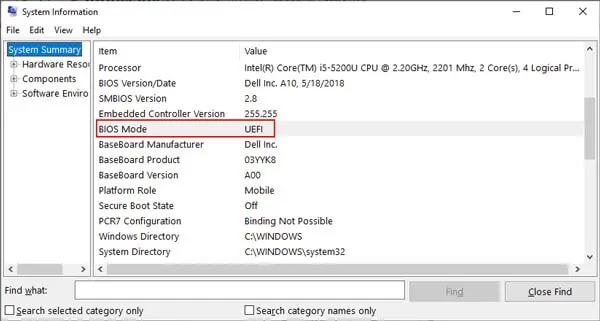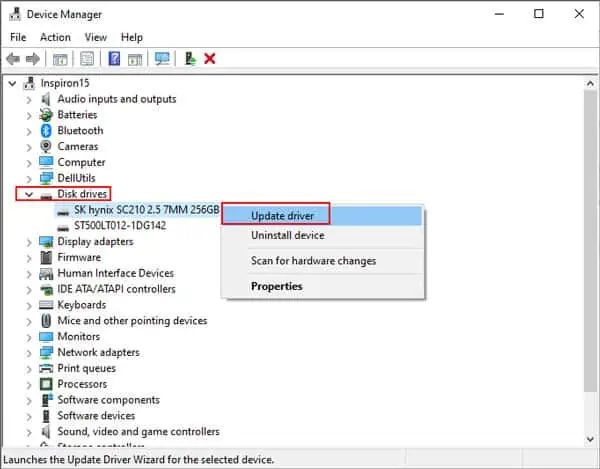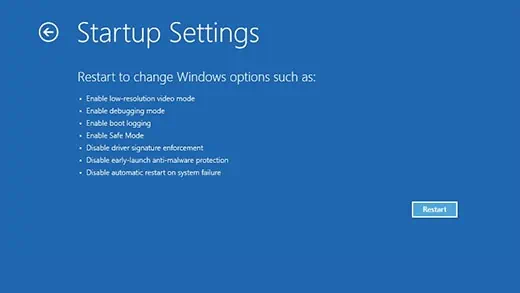This error normally happens due to problems in the file system or partition-related issues such as a corrupt boot sector or bad sectors on the drive. Some other common causes include:
If the hard drive isbrand newand hasn’t been used before, initializing it(Solution 1)is a necessary step before you may start using it.
But in the case of old hard drives, initializing is not an option as it will lead to data loss. In such cases, the first thing to do is to restart your PC and check whether the volume size is displayed or not in Disk Management.
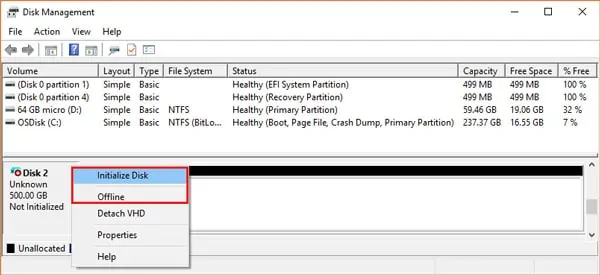
Solutions 2-6will be helpful if thedrive not initializederror happened due tosoftware reasons.
If Disk Management doesn’t show any information regarding the hard drive capacity, ahardware issue(disk/cartridge) might be causing this error, in which case,solution 7will be helpful.
If you’re not fine with that, skip this solution and check the others for steps to troubleshoot the disk and read the files without formatting.
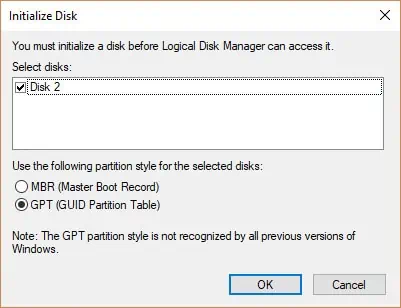
Initialize Disk via Disk Management
Initialize Disk via Command Line
The Initialize-Disk cmdlet can be used toinitialize a disk objectin PowerShell. To use it:
Use Repair Boot Sector
Depending on your firmware interface (UEFIor Legacy BIOS), you may utilize the/FixBootor/FixMBRcommands to repair a corrupt boot sector.
Update Outdated Disk Driver
If your disk driver isoutdatedor corrupt, that could also cause the drive not initialized issue. To resolve this:
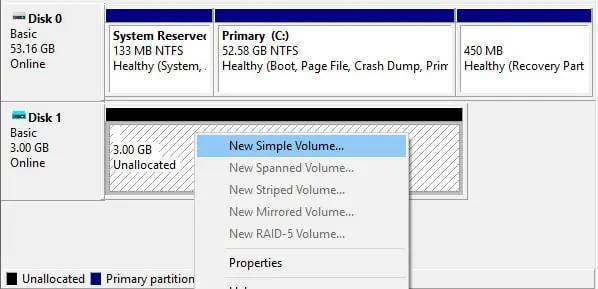
Reinstall “Not Initialized” Disk
Uninstalling and reinstalling via Device Manager is a common way to fix problematic components. To do the same for your disk:
